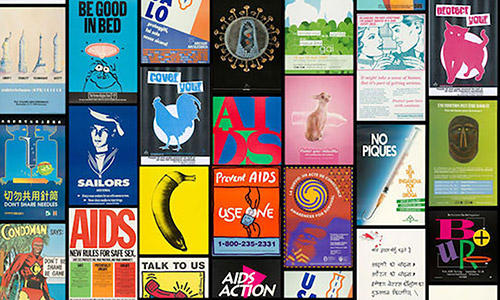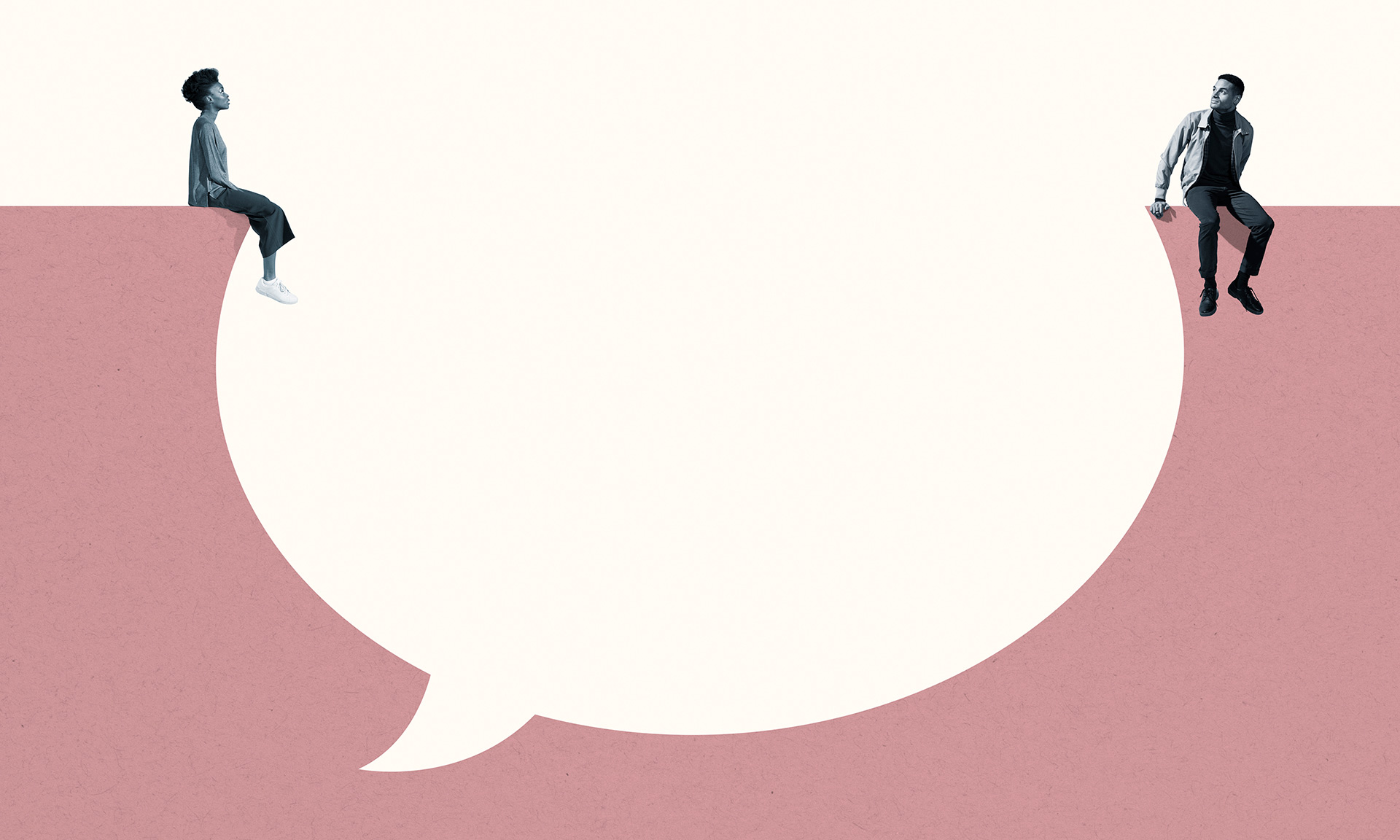For decades, Edward Atwater ’50, a professor emeritus of medicine at the Medical Center, has collected medical history artifacts. In 2007, he began turning his collection of more than 8,000 AIDS education posters over to the University.
The AIDS Education Poster Collection, housed in the Department of Rare Books, Special Collections and Preservation, is the world’s largest single collection of visual resources related to the disease. The posters date from the onset of the epidemic to the present, and come from more than 100 countries. The sample presented here represents only a small cross-section of the vast collection.
Douglas Crimp, the Fanny Knapp Allen Professor of Art History and a professor of visual and cultural studies, says that Atwater’s posters “represent an enormously wide range of approaches to [AIDS education] and to the populations that the posters were trying to reach.” But while the collection includes some posters produced by AIDS activist groups, governments produced most—and some governments he says, were constrained by attitudes like “sexual propriety,” and thus weren’t able to give clear information.
Crimp has written several influential books on culture and the AIDS crisis and was part of the organization AIDS Coalition to Unleash Power, better known as ACT UP. He says that in the United States, effective public communication about the disease to communities disproportionately affected by it was often impeded by local health departments, and the federal government, who “didn’t want any so-called ‘positive representations’ of gay sexuality. Activists had to fill in the gaps, to the extent that we could.”
From the collection
You can browse the University’s online collection of more than 8,000 AIDS education posters at http://aep.lib.rochester.edu/


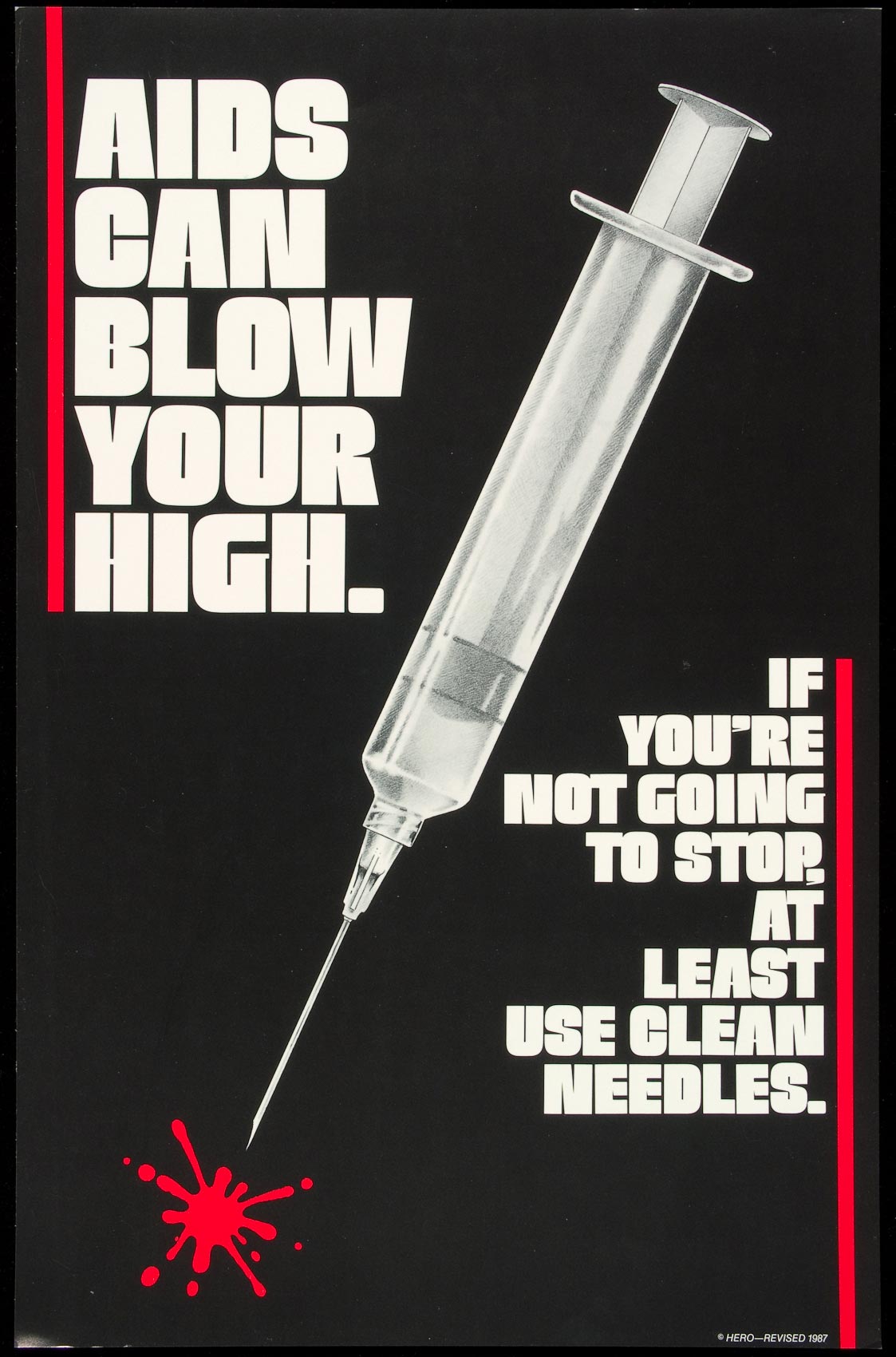



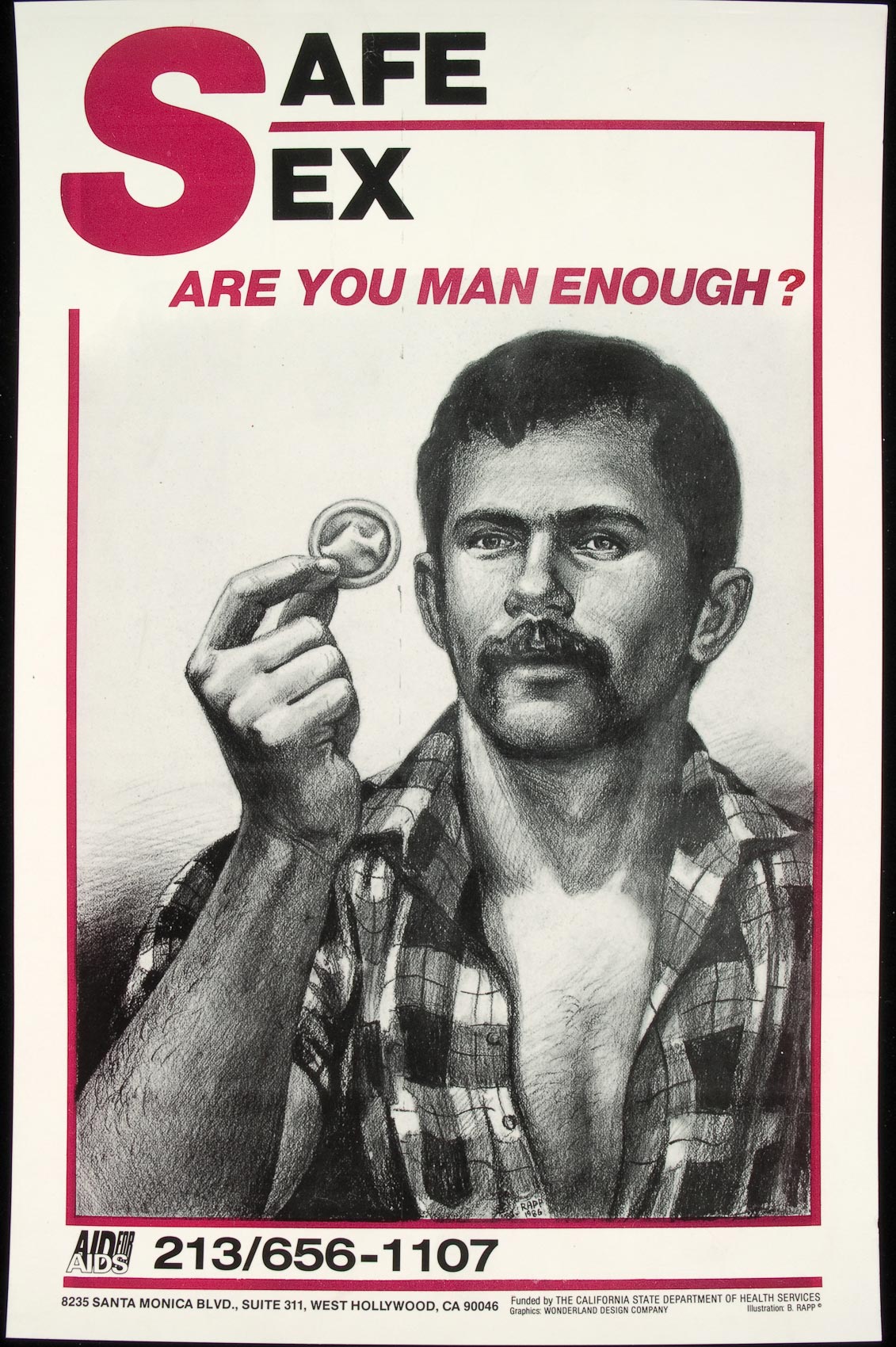
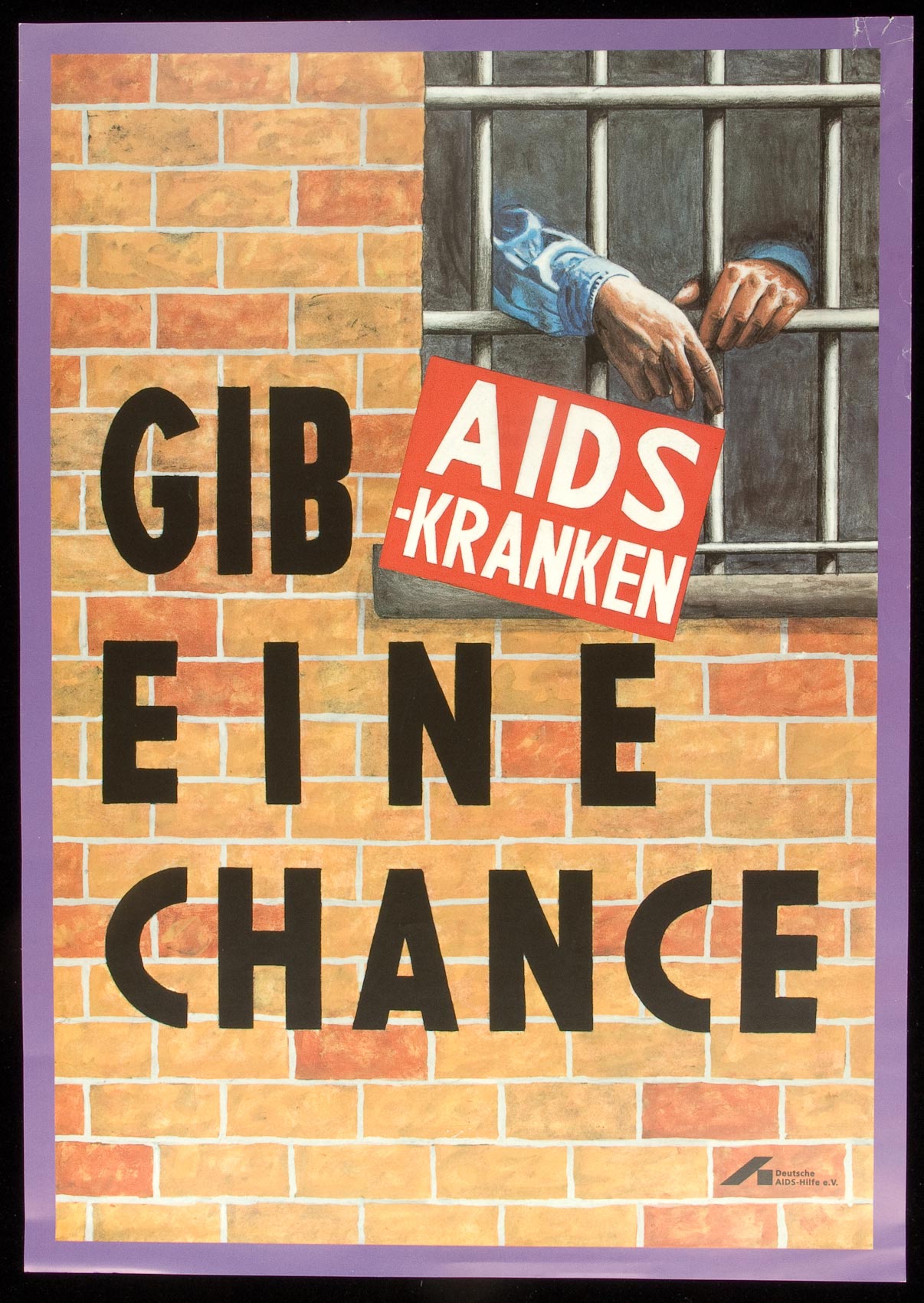
Related stories:
“I remember the courage with which they faced the unknown.” December 1, 2016
Representing AIDS, then and now November 30, 2016
News from the front lines of the AIDS fight December 1, 2016
Magic Johnson’s HIV bombshell, 25 years later December 1, 2016

